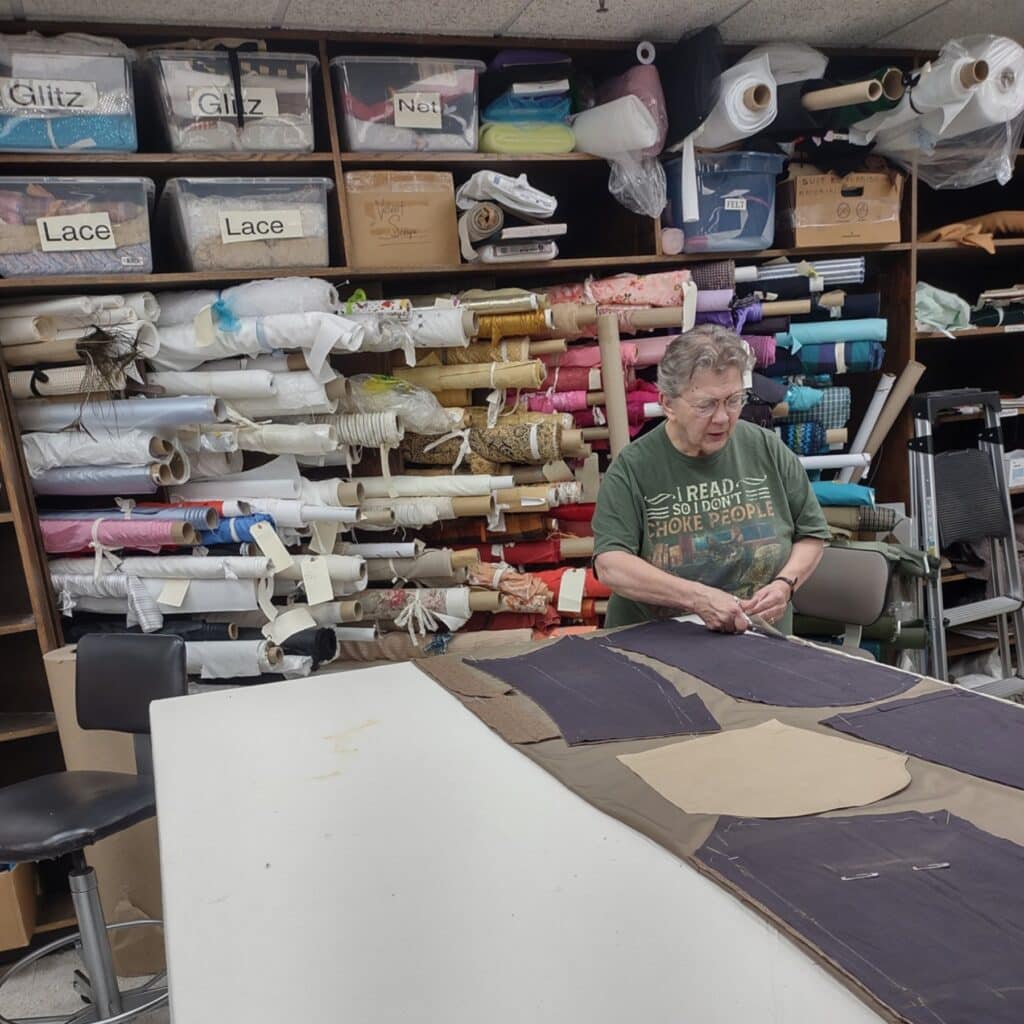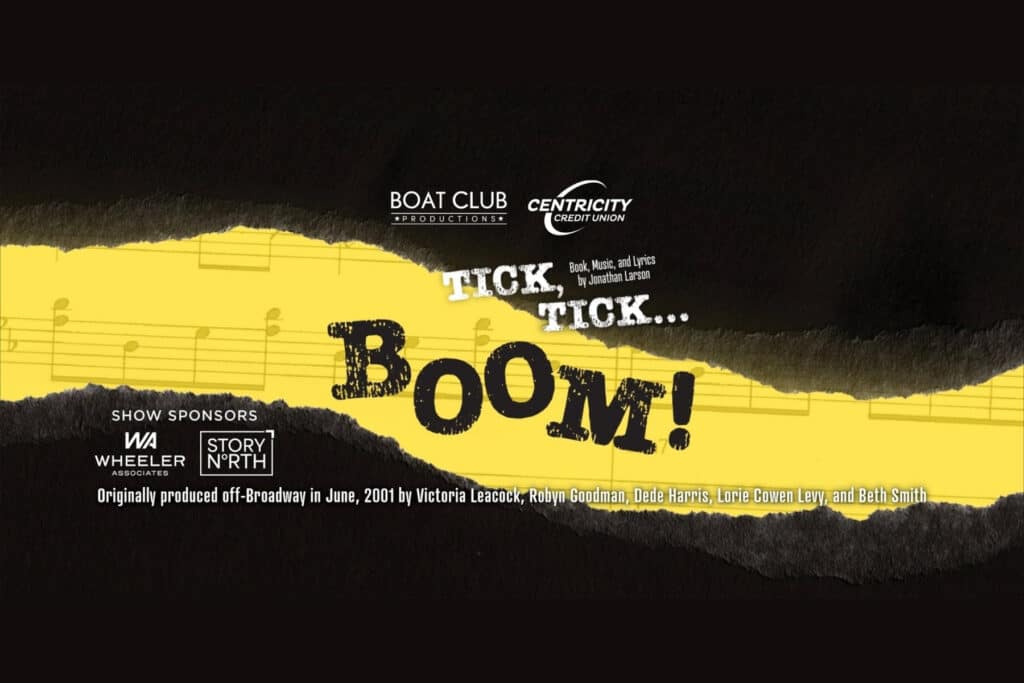A summer walk through Duluth’s Leif Erikson Rose Garden is the kind of scene that makes you slow your steps. Rows of roses line the paths, with Lake Superior adding to the view at every turn and bringing visitors back year after year. This Duluth favorite offers much more than beauty alone.
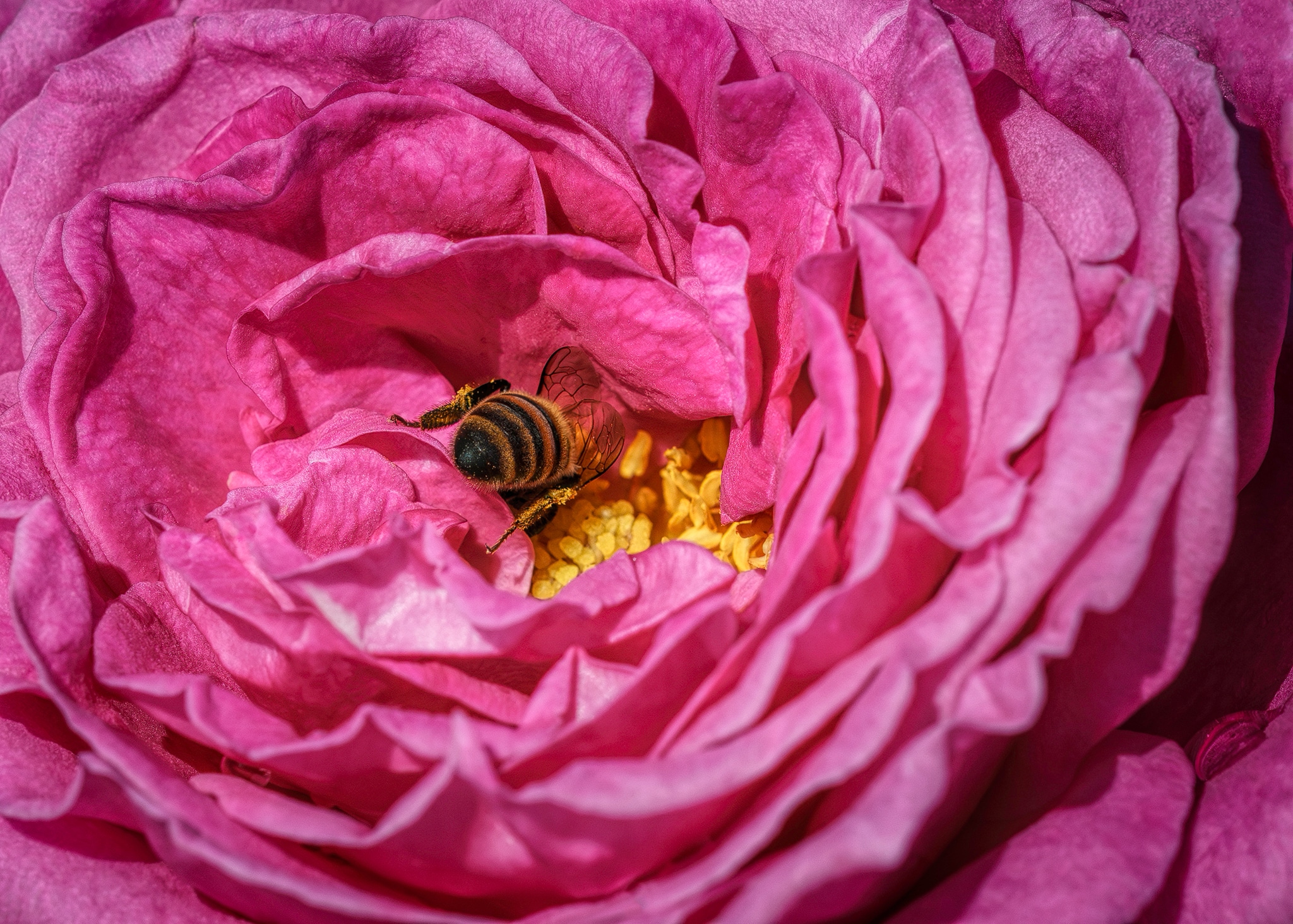
What Awaits You at the Rose Garden
Located at 15 South 13th Avenue East – with plenty of parking available on London Road – the Leif Erikson Rose Garden (LERG) is an ethereal wonderland of beauty. It features 22 classes of roses on 2.5 acres of land. Everywhere you look, there are stunning views overlooking Lake Superior.
In addition to those beautiful (and heavenly-scented) roses, there are many other plant varieties, too. The list includes allium, salvia, bleeding hearts, begonia, foxtail lily, sea holly, lambs’ ear, magnolia, Japanese tree lilac, and bee balm.
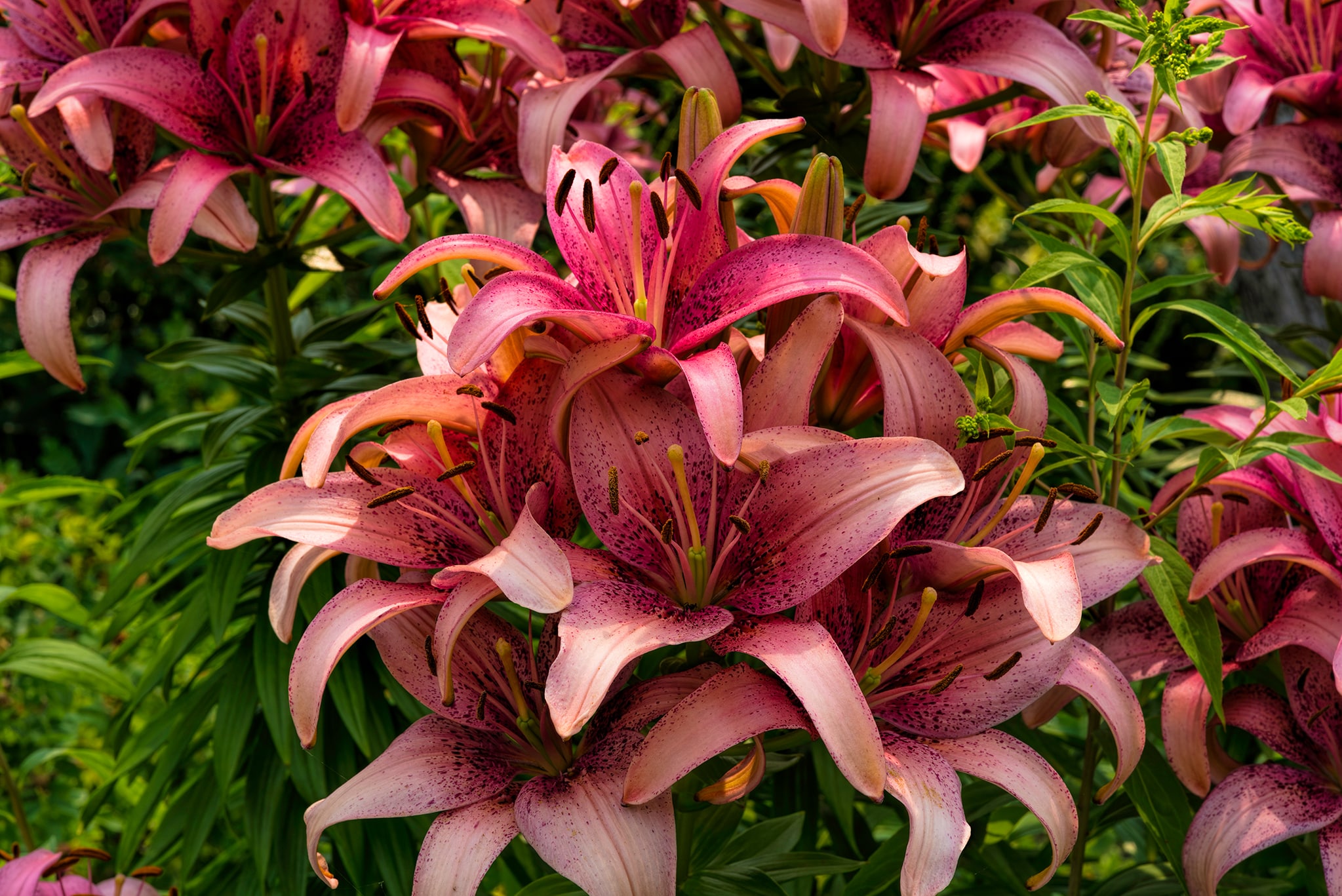
Plenty of beautiful concrete benches are available for seating. There is a granite fountain and an Italian-style gazebo. Charming cobblestone walkways provide a unique and vintage look.
And, the Rose Garden is connected to Duluth’s Lakewalk, making it the perfect place to “stop and smell the roses” during a nice walk or run.
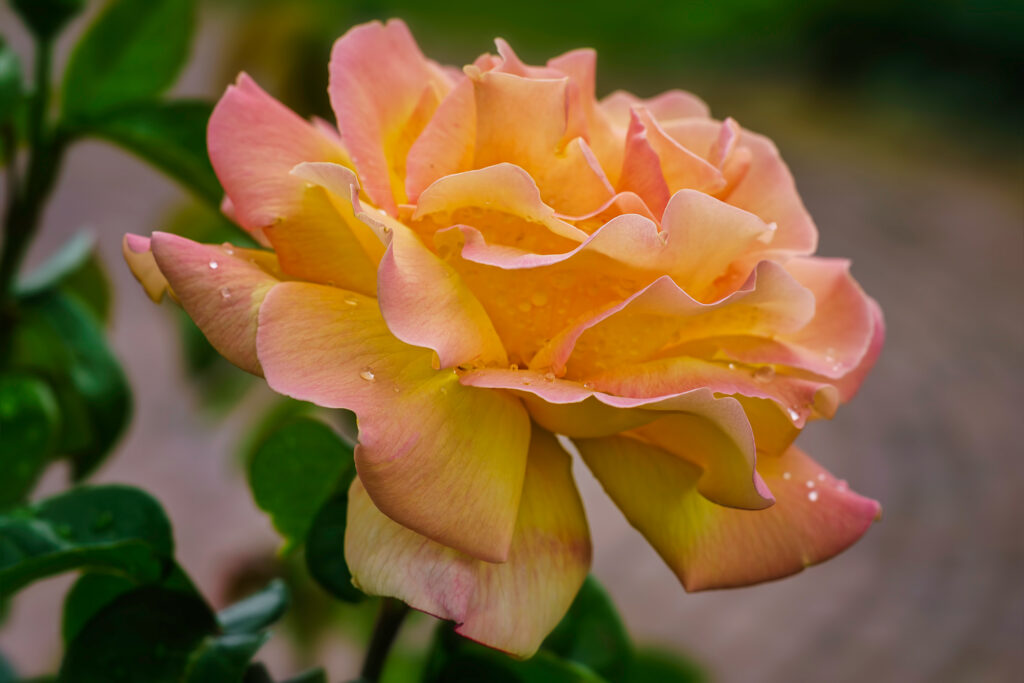
The People Behind the Petals
Have you ever been curious about how this incredible place came to be? We have, too!
Destination Duluth recently had the amazing opportunity to visit with two of the LERG’s dedicated caregivers: Matt Bovee, a Master Gardener for St. Louis County; and Kathy Thorsvik, Co-President of the Lake Superior Rose Society.
Both Thorsvik and Bovee (along with many others – more on them later!) are deeply dedicated to making the LERG as beautiful and healthy as possible. It should be noted that Thorsvik’s role is in a purely volunteer capacity, for which she was named “Volunteer of the Year” by the City of Duluth in 2022 and 2023.
The two shared plenty of behind-the-scenes details, including the history of the LERG, the tender loving care the roses receive, and much more. If you love roses, history, or all things Duluth, you’ll want to stay tuned!
From Vision to Reality
Thorsvik shared some intriguing history of the LERG. “A Latvian émigré, Mrs. Ausma Klints, fled an oppressive government (Communism) in the 1950s, and came to the United States. She wanted to give back to her new home by designing and proposing a public rose garden near the heart of downtown.
“She fundraised for ten years with Mrs. Virginia Sellwood and Mrs. Sigrid Mitchell, two prominent business leaders’ wives, until they reached $100,000. They then proposed the idea to the Mayor of Duluth in the 1960s.
“The mayor agreed, and the current site was developed into a rose garden. The details were per Mrs. Klints’ vision of creating circular beds, similar to the formal gardens she had visited in Europe.
“The original garden was in place until 1989. Then the U.S. Federal Government wanted to extend the I-35 Highway corridor.
“The government proposed taking out the rose garden – to much community dissent. Instead, a proposal was made and accepted to keep the garden in place and put it over the freeway tunnels.”
The Garden’s Architectural Gems
Thorsvik graciously discussed some of the other historical aspects of the LERG, too, such as the gazebo and fountain. “The granite fountain was originally a horse watering fountain for mounted policemen located at the corner of 13th Avenue East and London Road.
“It was given in memory of George Stone, the first Treasurer of Duluth (a former banker), by his daughter, Clara Blood, in 1905. It also has a dog watering trough on one side. It used to have an electric light at the top, but has since been removed and was replaced with solid granite.
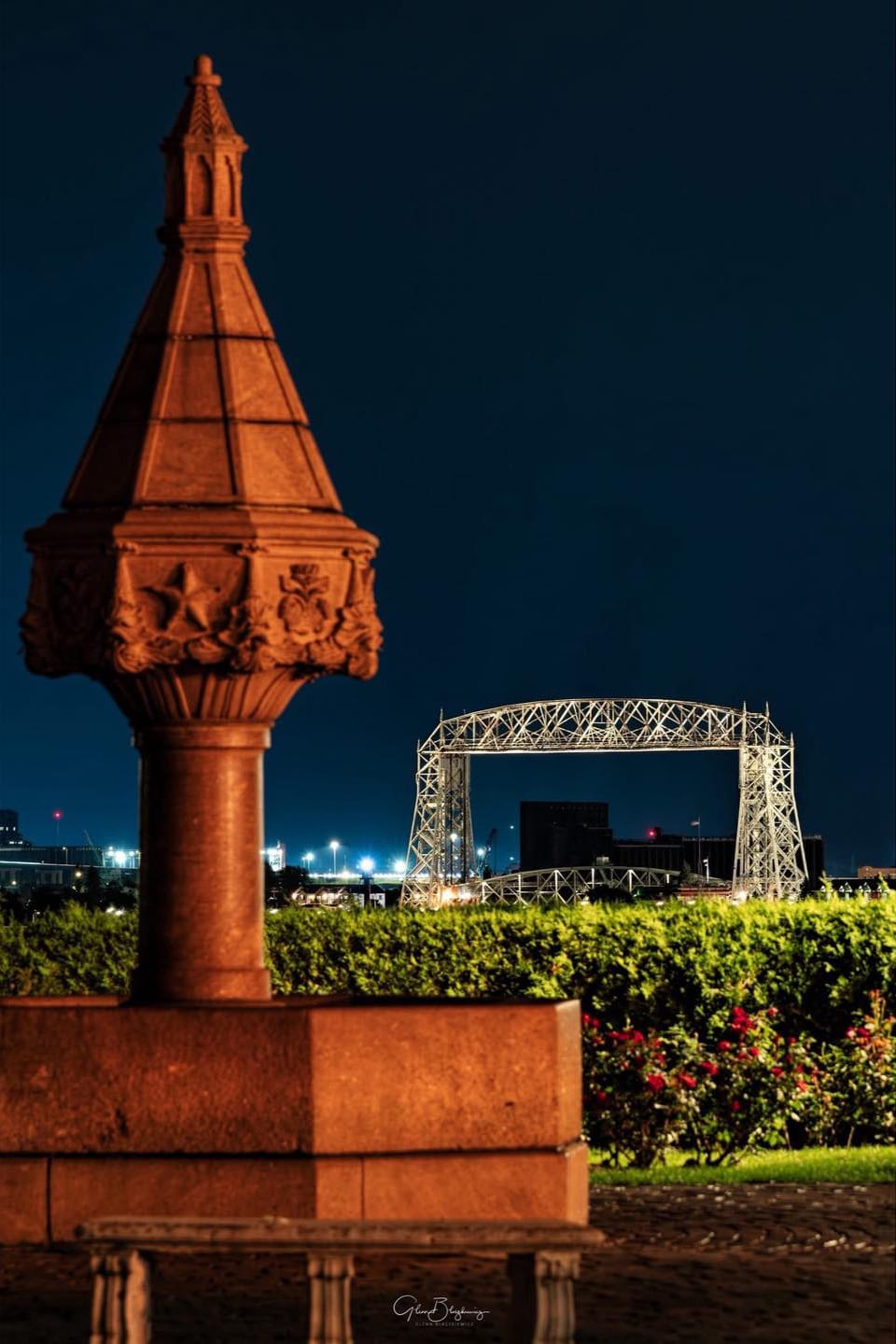
“The Italian-style gazebo was created by a California company, initially proposed by Helen Lind, the Lead LERG Gardener, to Mayor John Fedo. The gazebo was originally sent in numbered pieces, and it was assembled onsite.”
How the Roses Thrive
As noted, the LERG features 22 classes of roses. Bovee shared a bit about their care, which is extensive.
“The season starts in April and ends in October,” he noted. “Weather is the determining factor regarding the start and end of the season.
“Maintenance is an ongoing process throughout the entire season, day-to-day, week-to-week, month-to-month. Early in the season, we work on resetting the beds and pruning. We can spend a week or more doing spring pruning. The work done at the start of the season is critical for the long-term success of the roses for the season.
“In the middle of the season, we work on keeping the roses in the best shape we can. This includes a lot of weeding, deadheading, pruning (as needed), feeding, watering, addressing pests, addressing nutrient deficiencies, etc. Late in the season, we start prepping the roses for winter and prepping the park for winter.
“The roses are fed multiple times throughout the season because they are heavy feeders. I use a combination of fertilizers.
“One fertilizer is made of bone meal, fish meal, and alfalfa meal. I use Coop Poop, which is, as the name suggests, a fertilizer derived from chicken poop.
“There is a liquid fertilizer that I use, as well as a granular fertilizer that includes chelated iron. I monitor the roses and adjust feeding to beds, or individual plants, as needed, and that includes addressing micronutrient deficiencies we see signs of.”

Keeping the Roses Hydrated
Bovee continued, sharing some interesting details about watering the roses. “The entire park is on an irrigation system, with a few pockets that are not included in that irrigation footprint.
“The irrigation is programmable and is set to water three times a week, in the early morning hours. Watering is also monitored and adjusted based on rain, temperature, and indicators that the roses show me.
“Watering is something we spend a lot of time on,” Bovee added. “My team fixes irrigation breaks and dials in each rose bed. Each rose bed has about 10-12 sprinkler heads, with different heights and spray patterns – both of which are taken into consideration when looking at watering the roses.
“For example, my team has changed nearly one hundred sprinkler heads, in one circle alone (there are four circles in the rose garden, plus three other designated ‘rose areas’), in an effort to provide better overall watering to the roses. We think about ways to conserve water and provide the roses with the water they need in a manner that doesn’t increase the chance for diseases, fungus, or other issues.
“We are experimenting with other watering strategies to figure out what can meet our demands and expectations regarding the overall health of the roses. Watering sounds simple on a surface level, but we are very much ‘finger on the pulse’ when it comes to the rose garden.”
Many Hands, One Beautiful Garden
With all this maintenance, it goes without saying that it takes a large team to keep the 2.5-acre LERG looking beautiful. In addition to Bovee, caregivers include City of Duluth Parks and Recreation maintenance staff, the twelve active members of the Lake Superior Rose Society – which was founded in 1996 – and a variety of other volunteers.
“There are groups, like Youth Works, that volunteer their time, as well as businesses and school groups that put in time,” said Bovee. “I also have some individuals that come and put time in at the garden (Thank you, Theresa!), that aren’t associated with any group.
“When we tip the roses for winter, and when we raise them in the spring, we open those days to anybody in the community that wants to help. I always welcome volunteers at the Rose Garden, and people can sign up through the City of Duluth website and by clicking on Volunteer Signup.
“Outside of the roses, another volunteer, Rasma, takes care of a memorial garden inside the park, and volunteer Liz puts her heart and soul into the peony garden.”
What Grows in the Rose Garden
Thorsvik explained a bit about the species of roses and how they are chosen. “There are about 22 different rose classifications onsite (e.g., Hybrid Tea, Grandiflora, Floribunda, etc.), which are tender and need winter protection.
“There are also Old Garden Roses (OGR), Species Roses, Rugosa Roses, etc., which were in existence before 1867. Most are winter-hardy and don’t need winter protection.
“There are over 275 varieties, AKA the cultivar name of the rose within the specific rose classification (e.g., Bolero, Dee-Lish, Pinkerbelle, etc.). The roses are often chosen for their winter hardiness, sometimes their fragrance, to try new introductions for evaluation, and/or their color. For instance, red and white varieties of roses are used in Circle #2, per Ausma Klints.”
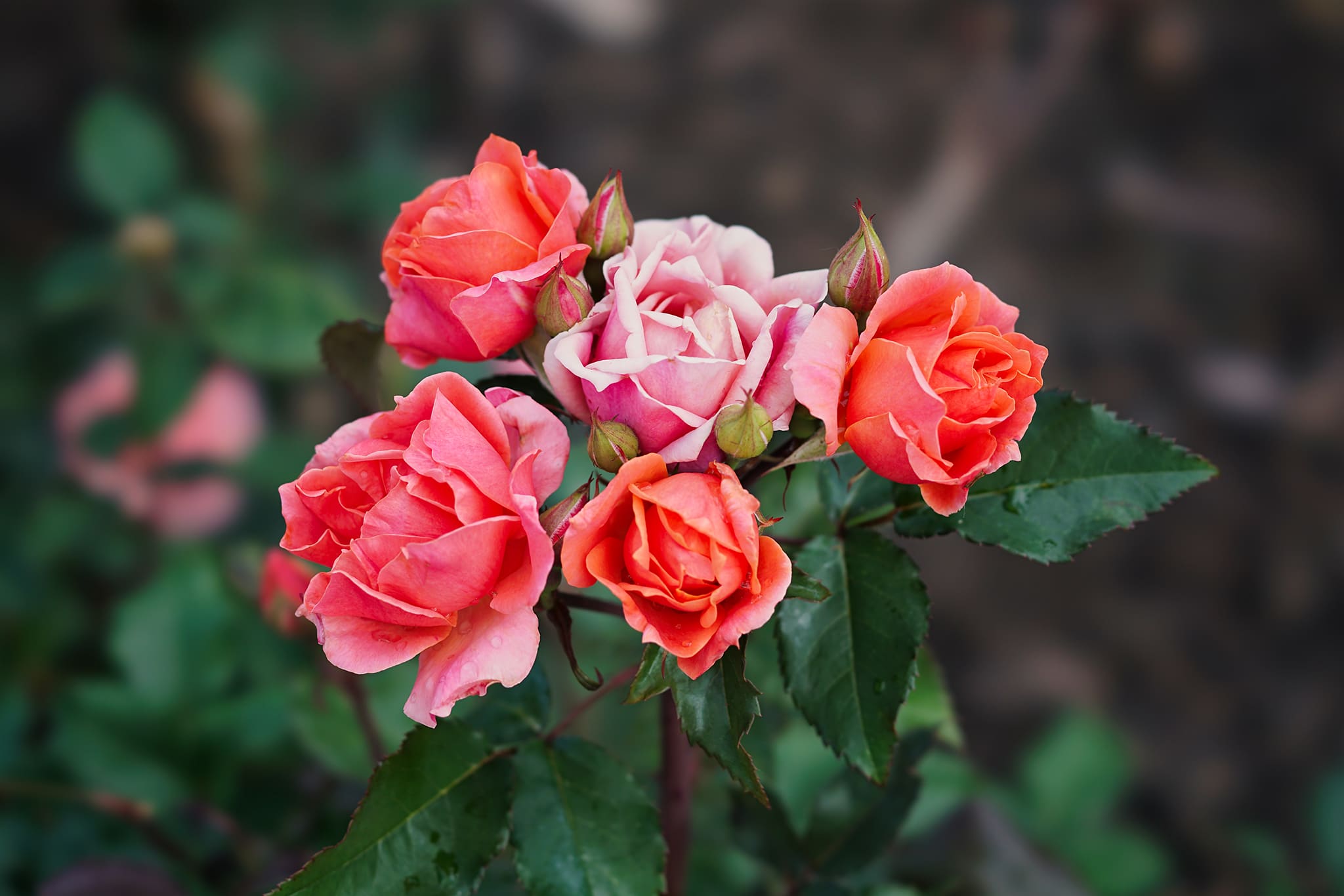
Plan Your Visit for Peak Bloom
Another vital detail is the “peak season” for the roses. Visitors will want to know this so they can optimize their rose viewing experience!
Thorsvik explained, “The OGR and Species rose start at the end of June, and most are one-time bloomers. The Modern shrubs include tender roses, such as HT, Gr, Fl, etc., and many of the winter-hardy roses start to bloom in mid-July to mid-September. This is all dependent on the weather, though, including sunlight, rain, and temperature.”
A Rare Chance to Bring the Garden Home
During the active season, visitors and volunteers are not allowed to take roses home from the LERG, but there is one exception. “At the end of the season, we have a ‘rose giveaway’ that happens sometime between October 10th – October 20th,” Thorsvik explained.
“It is right before the tender roses are tipped for winter protection. They are harvested by LSRS members and made into bouquets, which are placed in plastic tumblers along the top of the granite fountain. It is a lovely site, and visitors get to choose one or two bouquets to take home or give away.”
And, contrary to popular belief, the roses sold through the Duluth Rotary Club’s annual Rose Sale are not harvested from the LERG. Rather, they are ordered through commercial sources.
Rose Fest: A Bloom-Filled Celebration
While the 2025 event has already passed, the Lake Superior Rose Society would like to invite you to their annual event – called Rose Fest – in 2026 and beyond. “LSRS is an educational society, and we have an annual event that celebrates the rose and the rose garden in mid-July called Rose Fest, which is free and open to the public,” Thorsvik said.
“There are seminars and presentations along with a Q&A table and a treasure hunt for anyone who wants to participate. We usually have an annual Rose Show, too, which highlights roses grown in our area and beyond, which is also free and open to the public.
“There are three divisions in the show: Horticulture Class (single stems for a single bloom or spray), Artistic Class (arrangements), and the Photography Class. The show is a lot of fun and has lots of classes for everyone – from the novice to the veteran exhibitor.”
The Joy of a Well-Tended Garden
For these dedicated rose tenders, the fruit of their labor is highly rewarding. “My office is a garden full of roses with a view of Lake Superior … pretty tough to beat,” Bovee said. He added, “This job is rewarding, challenging, and allows me to express my creativity in a unique way.”
“The whole garden is rewarding, as a ‘world-class garden,’ Thorsvik noted. “Being able to beautify an area that so many people appreciate is so gratifying. People often thank us in person for maintaining such a lovely garden.”
Visitors clearly love the LERG, too. As of this writing, Travel Advisor ranks it #5 of 219 things to do in Duluth. Bovee and Thorsvik conservatively estimate that the LERG receives 300,000+ visitors per year.
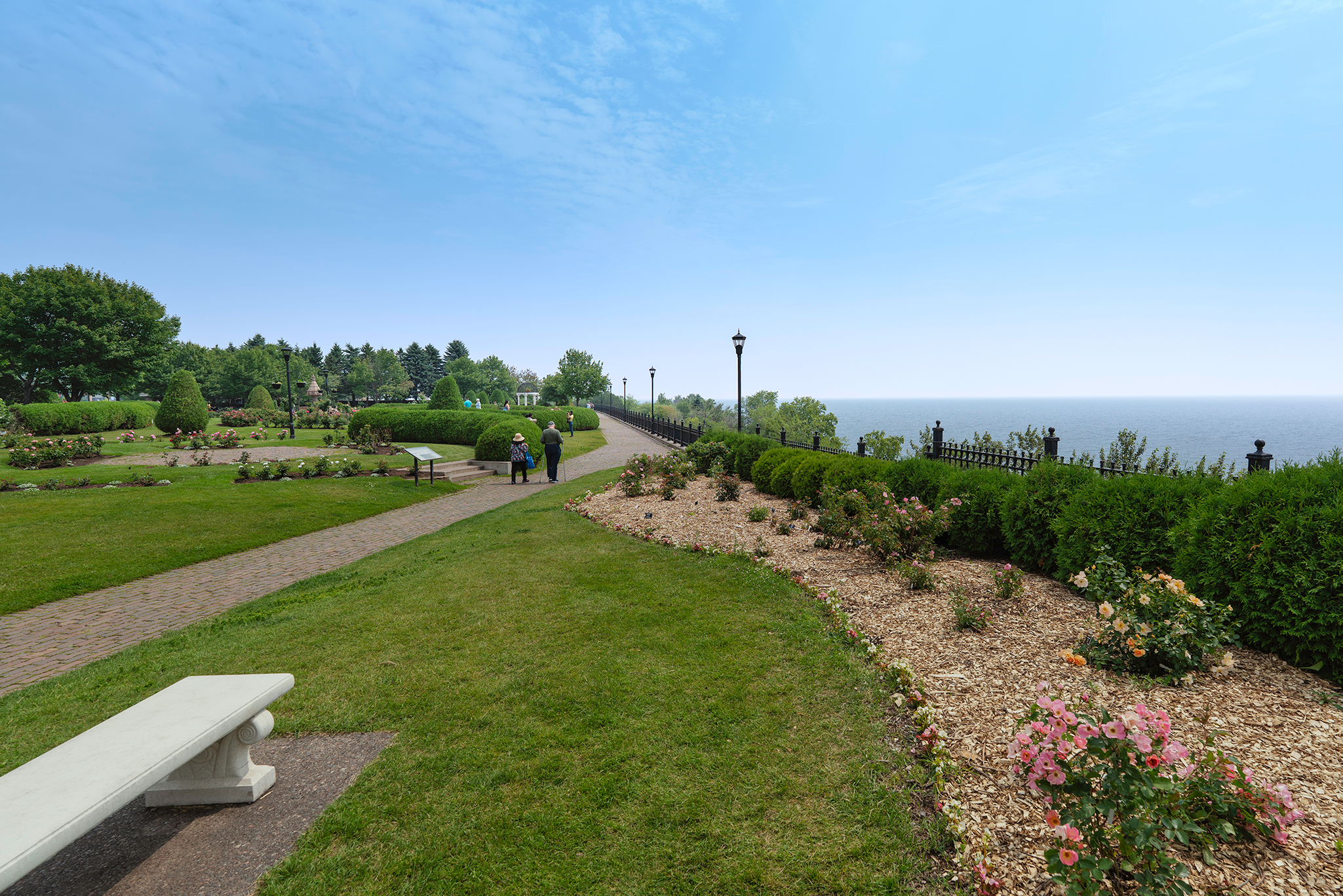

Life on YOUR Lakewalk is part of Destination Duluth’s “Life Up North” series, created to highlight one of the city’s most treasured public spaces. The Lakewalk stretches eight miles along the greatest of the Great Lakes, offering everything from front-row views of 1,000-foot freighters and breathtaking sunrises to quiet moments of serenity just steps from the city.
Through stories, historic insight, and photography, this series shows how the Lakewalk is far more than a path. Once an industrial wasteland, it is now a symbol of community, resilience, and pride. It reflects what Duluth values most — public access, natural beauty, history, and connection. Whether a lifelong resident or a first-time visitor, the Lakewalk is yours to enjoy. It is your view, your shoreline, your legacy.




